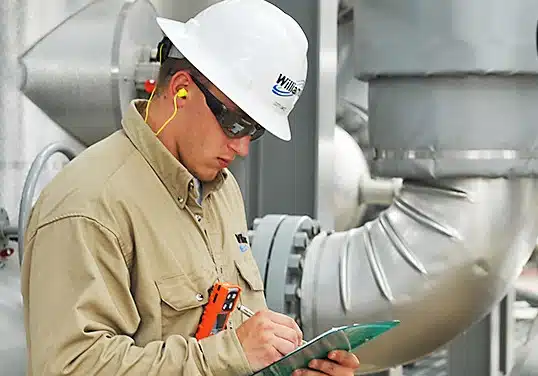When ASME’s founders, Henry R. Worthington, Alexander Lyman Holley, and John Edson Sweet, along with other prominent industrialists and technical innovators gathered in New York City for the first time in 1880, the main topic of discussion centered on the dawning industrial age. There were many who felt that there was an opportunity to better serve the needs of engineers and the designers and managers of the machine shops by providing them with a forum for discussion and collaboration.
Engineering standards, the founders agreed, would ensure safety, reliability and operational efficiency in machine design and mechanical production. The manufacture of gun parts, sewing machines, locks, typewriters, bicycles and the like, leading up to the manufacture of steam engines, machine tools and locomotives, had made it clear that commercial success lay in sale of large numbers of duplicate units – uniform, safe, and standardized.
From this, ASME issued its first standard, “Code for the Conduct of Trials of Steam Boilers”, in 1884. Shortly after in 1887, ASME issued, “Standard for the Diameter and Overall Dimensions of Pipe and Its Threaded Ends”, which addressed mass production and standardization issues with the manufacturing of pipe.

